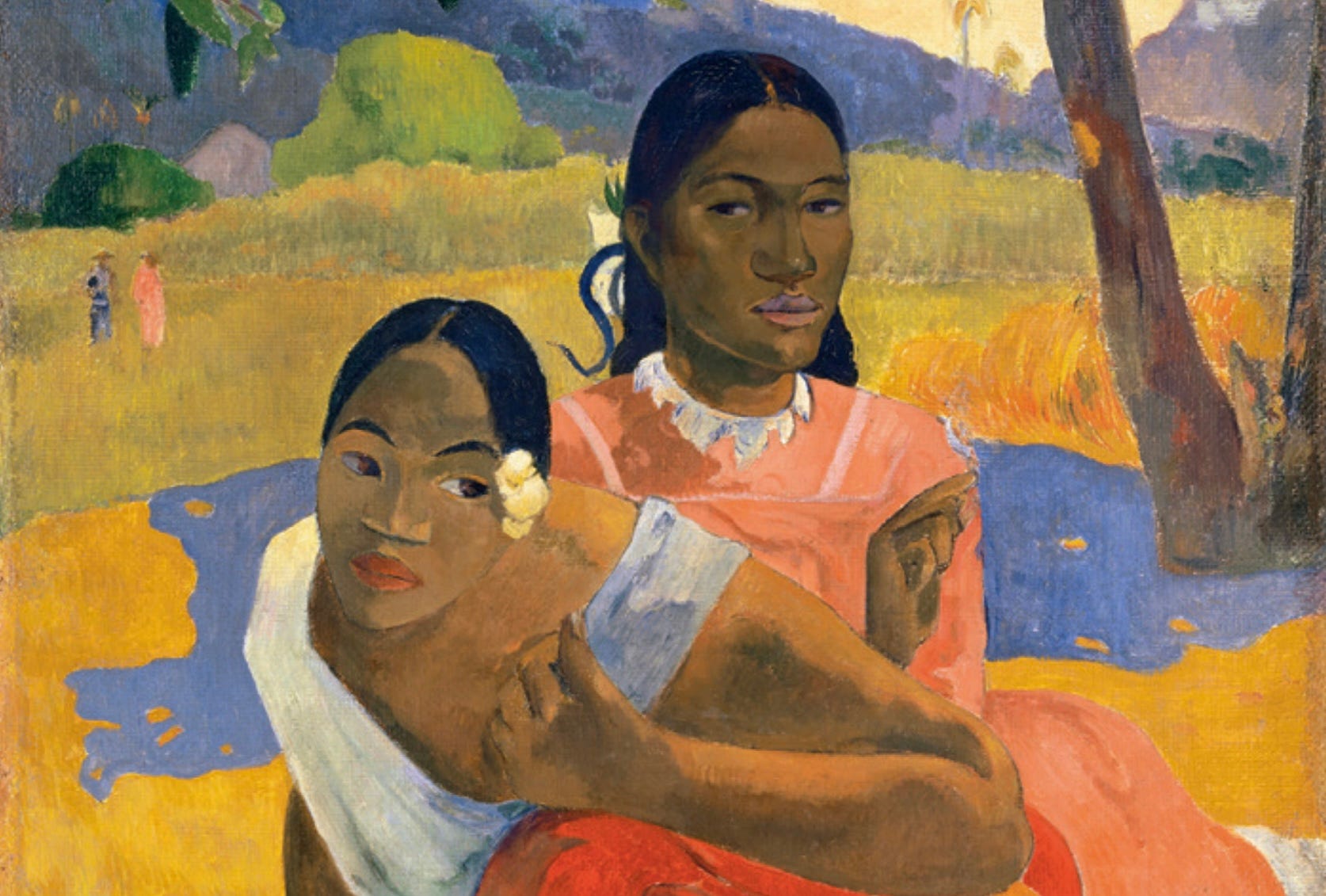Behind the Graffiti: Unveiling Banksy’s Mysterious Identity
- Jul 25, 2024

Image: Girl with Balloon by Banksy, 2004, CC BY-SA 2.0
Banksy, the pseudonymous England-based street artist, has captivated the world with his provocative and often politically charged works. Shrouded in mystery, Banksy’s identity remains unknown, adding an extra layer of intrigue to his already compelling pieces. This blog post delves into the world of Banksy, exploring his most iconic works, themes, and the impact he has had on the art world and beyond.
The Birth of a Legend
Banksy’s origins trace back to the early 1990s in the vibrant underground art scene of Bristol, England. Bristol, known for its rich graffiti culture, provided a fertile ground for Banksy’s development as an artist. Influenced by the works of French graffiti artist Blek le Rat and the anarcho-punk band Crass, Banksy began experimenting with graffiti art in his teenage years.
Initially, Banksy started with freehand graffiti, but he soon transitioned to stenciling as a way to create his pieces more quickly and avoid being caught by authorities. The use of stencils allowed him to produce intricate and detailed images with greater speed and precision. This method became a hallmark of his style, setting him apart from other street artists.
Banksy’s early works often featured social and political themes, critiquing government surveillance, corporate greed, and social inequality. His distinctive visual style, combined with sharp wit and a strong message, quickly gained attention and acclaim within the street art community and beyond.
One of the pivotal moments in Banksy’s rise to fame was his participation in the 2003 exhibition “Turf War,” held in a warehouse in East London. The show featured live animals, including pigs painted with police markings, and brought Banksy widespread media coverage and public interest. This event marked the beginning of Banksy’s transition from an underground artist to a global phenomenon.
Despite his growing fame, Banksy has remained fiercely protective of his anonymity. This secrecy has only added to his mystique, allowing his art to speak for itself without the influence of his personal identity. Over the years, numerous theories and speculations have emerged about Banksy’s true identity, but none have been definitively proven.
Iconic Works and Their Messages
Banksy’s art is scattered across the globe, often appearing overnight and causing a stir in the communities where they are found. Some of his most famous pieces include:
• Girl with a Balloon: Perhaps his most iconic work, this piece features a young girl reaching out towards a heart-shaped balloon. It symbolizes innocence, hope, and the fleeting nature of life. In 2018, a framed version of this artwork partially shredded itself at auction, making headlines worldwide.
• Rage, the Flower Thrower: Depicting a protester throwing a bouquet of flowers, this piece is a powerful anti-violence statement. It juxtaposes aggression with peace, urging viewers to consider the power of peaceful protest.
• There Is Always Hope: Featuring the phrase alongside a child losing a heart-shaped balloon, this piece underscores themes of loss and optimism. It’s a reminder that hope persists even in the face of adversity.
• Slave Labour: Created in response to the 2012 Diamond Jubilee, this piece shows a young child sewing Union Jack bunting. It critiques labor exploitation and the conditions faced by workers in sweatshops.
• Mobile Lovers: This artwork depicts a couple embracing while looking at their phones, highlighting the impact of technology on human relationships.
Themes in Banksy’s Work
Banksy’s art addresses a wide range of themes, often with a focus on social justice, anti-war sentiments, and critiques of consumerism and authority. His works provoke thought and conversation, encouraging viewers to question societal norms and consider alternative perspectives.
• Anti-War and Anti-Authority: Many of Banksy’s pieces criticize the absurdity of war and the misuse of power. Works like “Bomb Hugger” and “CND Soldiers” highlight the futility and destructiveness of armed conflict.
• Consumerism: Banksy frequently targets the consumerist culture, as seen in pieces like “Shop Until You Drop” and “Christ with Shopping Bags.” These works challenge the values of materialism and the impact of consumer behavior on society and the environment.
• Social Justice: His art often highlights issues of inequality and injustice. “Slave Labour,” for example, critiques labor exploitation and the conditions faced by workers in sweatshops.
• Environmental Issues: Banksy has also used his art to draw attention to environmental concerns. Pieces like “I Don’t Believe in Global Warming” urge viewers to recognize and address the urgent issue of climate change.
Banksy’s Impact and Legacy
Banksy’s influence extends beyond the art world. His works have sparked debates about the role of art in society, the ethics of graffiti, and the commercialization of street art. Despite the elusive nature of his identity, Banksy has become a symbol of rebellion and a champion for various social causes.
His pieces have been sold for millions, yet he continues to challenge the commercialization of art. The self-destructing “Girl with a Balloon” is a prime example of Banksy’s complex relationship with the art market, simultaneously participating in and critiquing it.
Fun Facts
• The Shredding Incident: When Banksy’s “Girl with a Balloon” sold for over £1 million at Sotheby’s in 2018, it partially shredded itself immediately after the hammer fell. The piece was renamed “Love is in the Bin” and its value increased.
• Dismaland: In 2015, Banksy opened a dystopian theme park called Dismaland in Weston-super-Mare, UK. The park was a dark parody of Disneyland, featuring works from various artists and addressing themes like consumerism and environmental destruction.
• Hotel Owner: Banksy opened “The Walled Off Hotel” in Bethlehem in 2017. The hotel is situated next to the Israeli West Bank barrier and features rooms designed by the artist himself, aiming to draw attention to the Israeli-Palestinian conflict.
• Influence on Pop Culture: Banksy’s work has permeated popular culture, inspiring movies, TV shows, and music. The documentary “Exit Through the Gift Shop,” directed by Banksy, was even nominated for an Academy Award.
• Public Art: Unlike many artists, Banksy’s work is often created in public spaces and is freely accessible to the public, challenging traditional notions of how and where art should be experienced.
Conclusion
Banksy remains one of the most enigmatic and influential figures in contemporary art. His works continue to inspire, provoke, and challenge audiences around the world. As long as his identity remains a mystery, the allure of Banksy will endure, inviting us all to look closer and think deeper about the world we live in.





